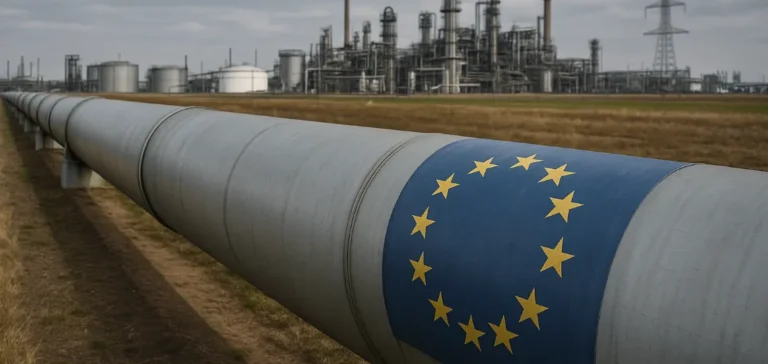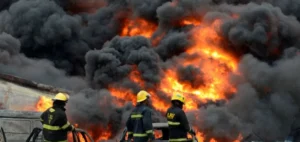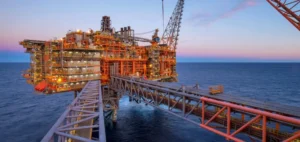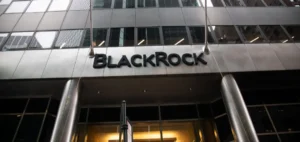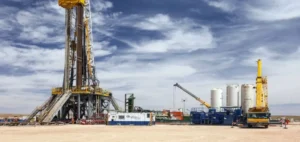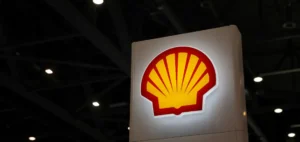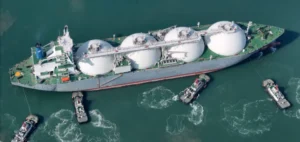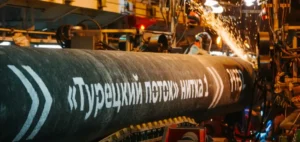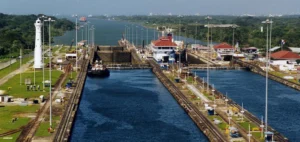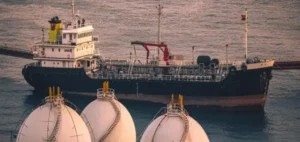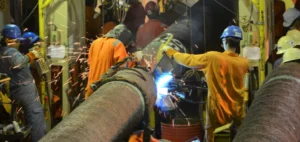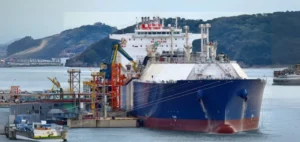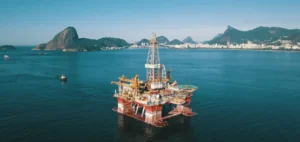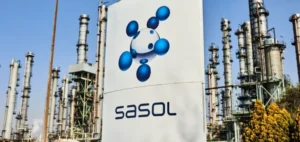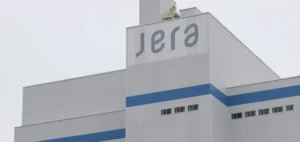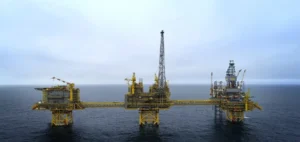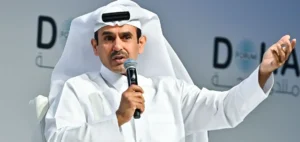Les réserves européennes de gaz naturel stockées en installations souterraines (Underground Gas Storage, UGS) s’établissent actuellement autour de 49,9 % de leur capacité totale, selon les données de Gas Infrastructure Europe (GIE). Ce niveau représente une baisse notable d’environ 30 % comparé à l’année précédente où le taux de remplissage atteignait près de 70 %. Cette diminution intervient alors que l’Union européenne (UE) vise un taux de remplissage de 90 % d’ici le 1er novembre afin d’assurer la sécurité énergétique durant la saison froide. L’écart avec la moyenne des cinq dernières années, située près de 60 %, ajoute une pression supplémentaire sur les marchés européens du gaz.
Injection quotidienne en dessous des attentes
Début juin, le rythme quotidien d’injection de gaz dans les installations de stockage européennes était estimé à environ 379 millions de mètres cubes (mcm), tandis que les retraits restaient limités à environ 20 mcm. Malgré ces injections, les stocks totaux ne dépassaient pas 54,7 milliards de mètres cubes (bcm), contre environ 78 bcm l’an dernier à la même période. Les acteurs du marché anticipent que l’atteinte des objectifs européens nécessitera des approvisionnements importants de gaz naturel liquéfié (GNL), dans un marché mondial déjà soumis à une forte concurrence.
Hausse historique des importations de GNL
Face à ces défis, l’Europe a importé un volume record de 12,75 milliards de mètres cubes de GNL en mai. Les terminaux de regazéification européens, infrastructures indispensables pour transformer le GNL en gaz injectable dans le réseau, sont actuellement utilisés à 53 % de leur capacité. Cette situation laisse une marge opérationnelle disponible, mais les analystes indiquent que l’Europe devra intensifier ses achats sur le marché mondial pour atteindre ses objectifs, notamment en raison de la croissance de la demande asiatique qui capte également une part significative des cargaisons disponibles.
Tendance haussière des prix sur les marchés européens
Dans ce contexte tendu, le prix moyen du gaz naturel sur le marché européen s’est établi autour de 412 dollars par mille mètres cubes en mai, avec une légère augmentation début juin à environ 417 dollars. Ces prix reflètent la pression accrue sur les marchés internationaux et la nécessité pour les acheteurs européens d’augmenter leurs stocks rapidement durant la période estivale. Par ailleurs, la production électrique issue de l’énergie éolienne a représenté en moyenne 15 % du mix énergétique européen en mai, influençant indirectement la demande en gaz naturel comme ressource complémentaire.
Pression concurrentielle accrue avec l’Asie
La société Gazprom et le Forum des Pays Exportateurs de Gaz (Gas Exporting Countries Forum, GECF) ont prévenu récemment des difficultés à venir pour l’Europe dans l’atteinte de ses objectifs de stockage avant l’hiver prochain. La demande asiatique en gaz naturel liquéfié augmentant, la concurrence entre les acheteurs européens et asiatiques devrait s’intensifier. Les capacités limitées des infrastructures existantes en Europe, couplées à la disponibilité restreinte des nouvelles sources d’approvisionnement, constituent des facteurs clés susceptibles d’influencer les stratégies d’achat européennes à court terme.
Le secteur gazier européen devra suivre attentivement ces indicateurs, dans une période où chaque évolution des marchés mondiaux du GNL pourrait avoir des répercussions immédiates sur la sécurité d’approvisionnement hivernale du continent.


